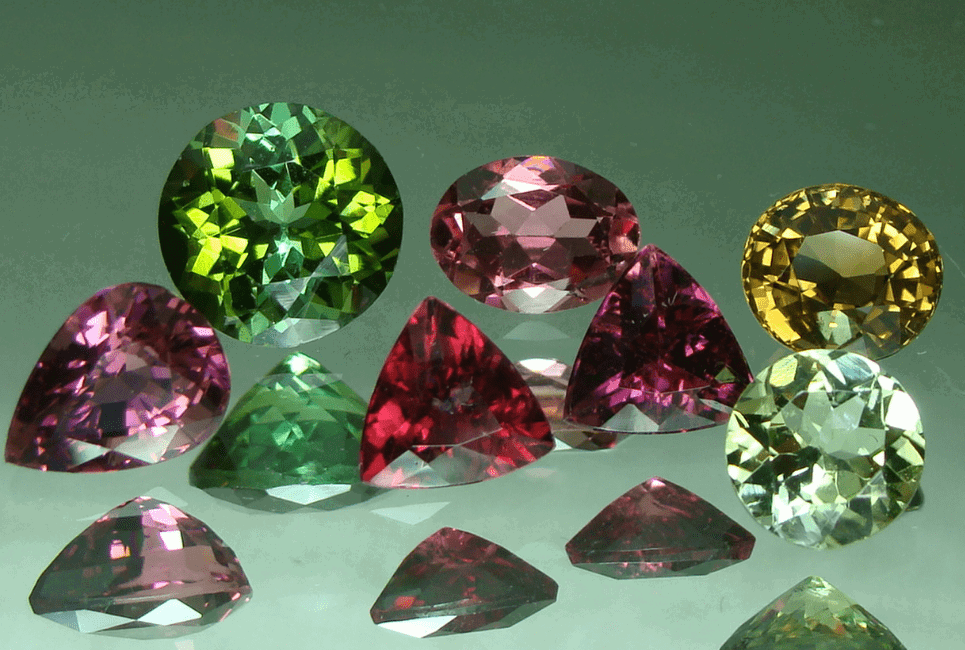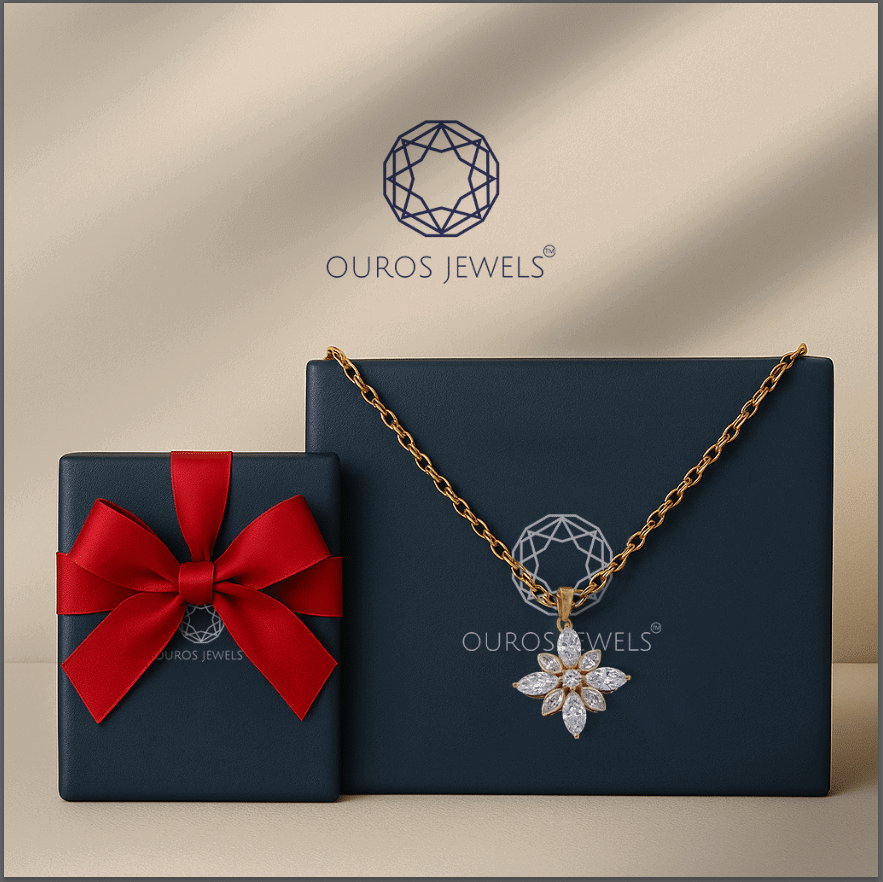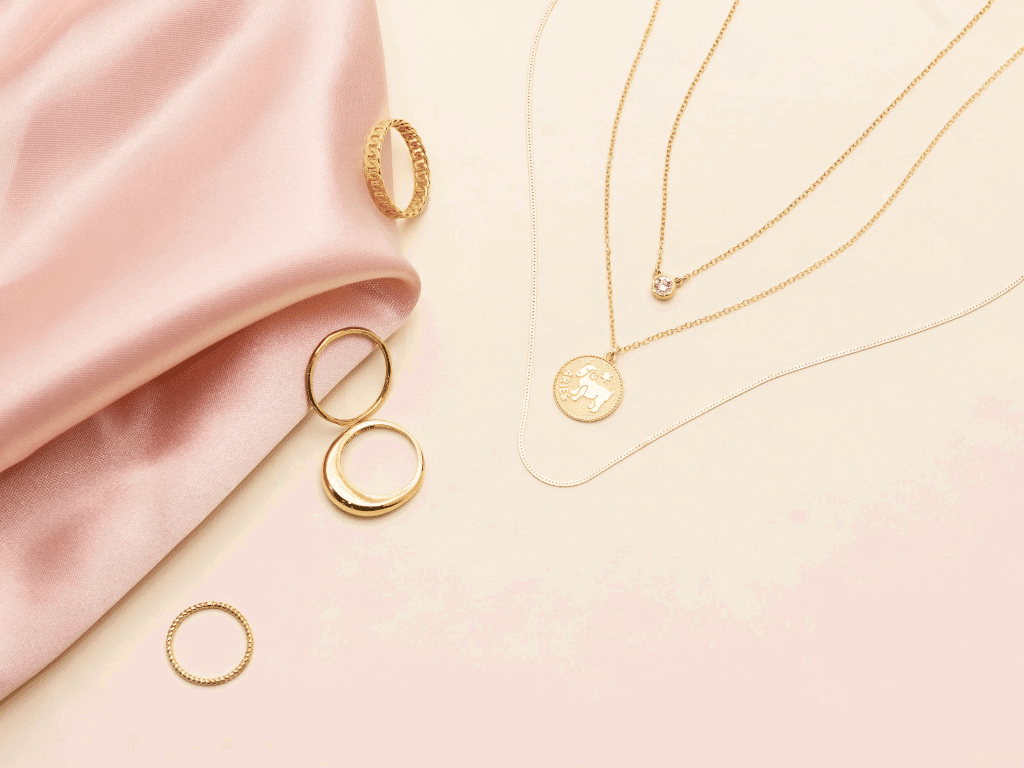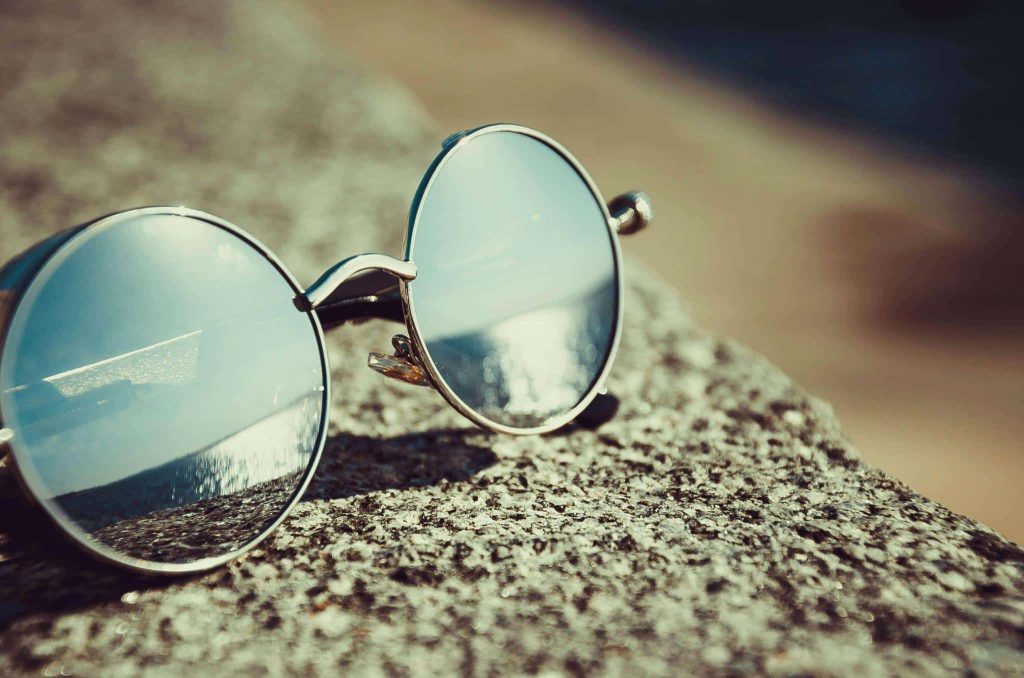If you’re curious about tourmaline, we’ve got you covered! Tourmaline is a stunning gemstone known for its beautiful colors and unique qualities.
In this article, we’ll talk about the tourmaline Hardness Scale and other interesting details that make this gem attractive. This gem has thrilled people for a long time with its many colors.
Here, we will understand why some types of jewelry are better for everyday wear while others require extra attention.
But when it comes to tourmaline, it’s not your typical gemstone. One of its good qualities is its solidity, which means it’s tough and can withstand wear and damage.
Whether you love jewelry or are simply interested, come check out the shining colors of Tourmaline with us.
What is Tourmaline?
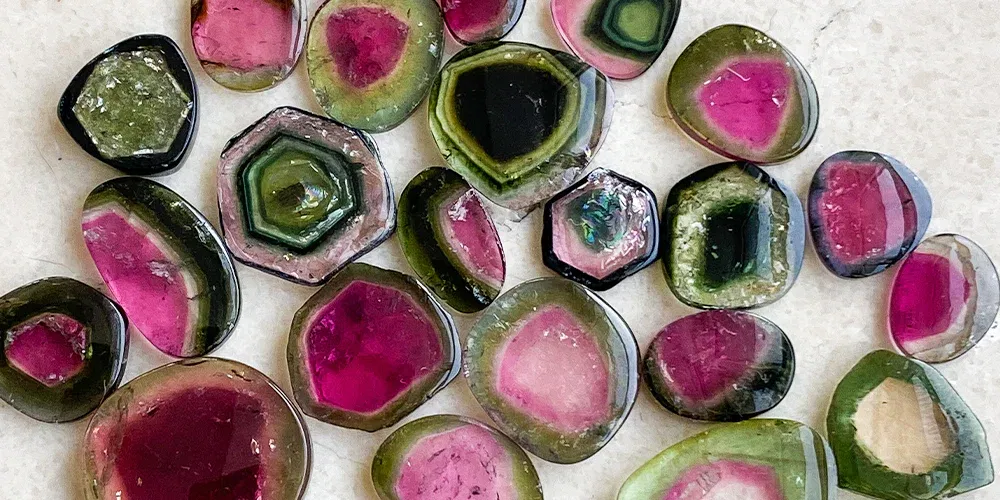
Tourmaline is a fascinating and colorful mineral that comes in various vibrant colors. People love its stunning look and often use it to make jewelry like necklaces. This rock can be found in different parts of the world, including Brazil, Sri Lanka, and Africa.
One interesting thing about tourmaline is that it can become charged with electricity when heated or rubbed; this is called piezoelectricity. This unique ability made it useful in the past for tools like ancient compasses.
Additionally, tourmaline can even pull lightweight things like tiny pieces of paper. It’s about as hard as a 7 to 7.5 on the Mohs hardness scale, which measures how well minerals resist being scratched. This means tourmaline is long-lasting and good for all sorts of jewelry that might get worn every day.
Tourmaline Hardness Scale
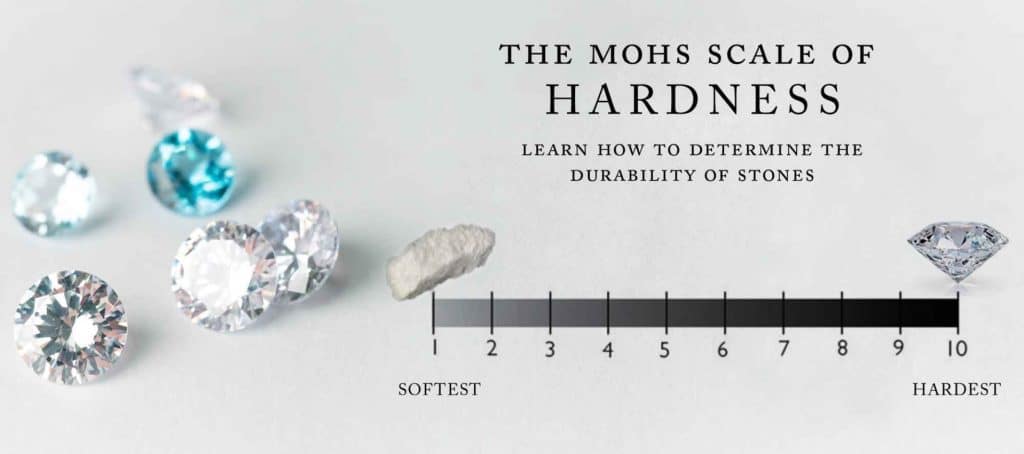
Tourmaline is a beautiful gemstone known for its bright colors and crystal structure. How strong a gemstone is matters, as it decides how durable and fitting it is for making jewelry.
A scale called the Mohs hardness scale measures this toughness. For tourmaline, this scale usually shows a number between 7 and 7.5. This is similar to materials like quartz and topaz, known to last well, even when worn daily.
The reason tourmaline is so solid lies in its building blocks and the minerals it’s made of. These minerals, called complex borosilicate minerals, make sure tourmaline can handle rubbing and keep looking shiny for a long time. It’s good to know that the toughness might differ a bit depending on the exact kind and color of the tourmaline.
Types of Tourmaline Gemstone
1. Paraiba Tourmaline
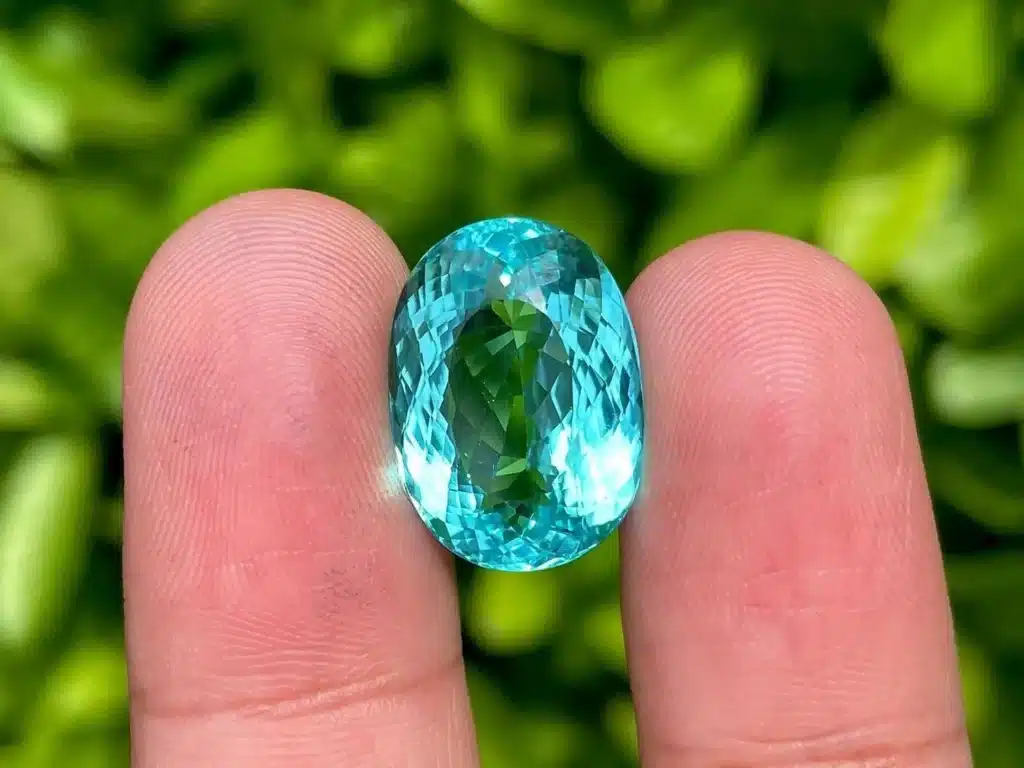
Paraiba Tourmaline is a gemstone known for its beautiful blue-green colors. It comes from Brazil and was found there in the late 1980s.
What’s special about this gem is its super bright color that looks a bit like neon. This color comes from copper and manganese in the gem’s crystals. The blue and green colors are very attractive, and people who like rings think it’s amazing.
It’s a pretty durable gem, too, with a tourmaline hardness of 7 to 7.5 on a scale. This means it can handle being worn a lot. Because it’s not common and looks so great, it’s considered one of the most valuable gems.
2. Chrome Tourmaline
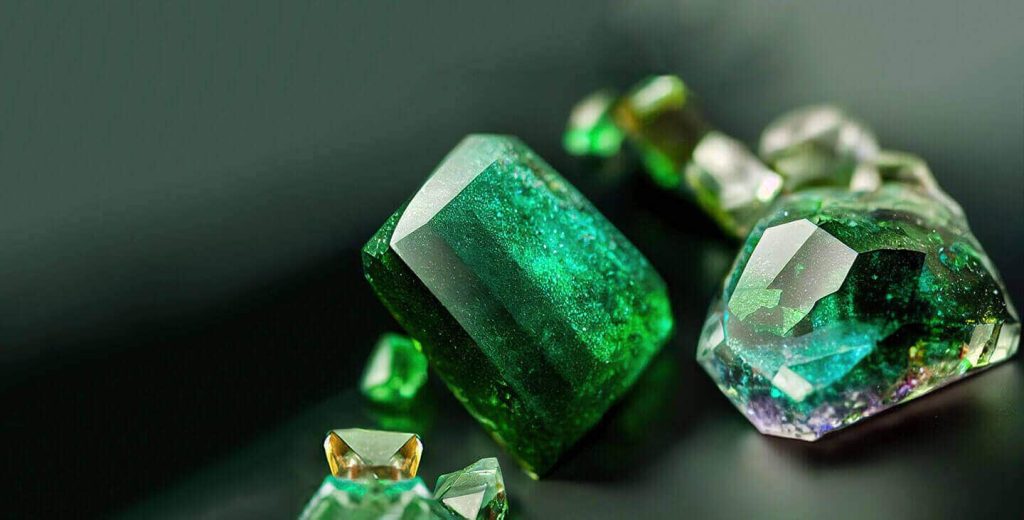
Chrome Tourmaline is famous for its lush green color that reminds us of forests. This green color appears because of the chromium in the gem’s makeup.
The green can range from soft pastel to a deep, strong shade. It’s not as well-known as some other gems, but people like it for two main reasons: the green color and because it’s pretty hard. It’s a gem often used for making jewelry.
The best places to find Chrome Tourmaline are in East Africa, Tanzania, and Kenya. Since it’s not common, and it has this great color. People often shape Chrome Tourmaline into many forms, like emerald cuts or rounds, to make it sparkle and show off the beautiful green colors.
3. Cat’s-Eye Tourmaline

Cat’s-Eye Tourmaline is a fascinating kind of gemstone. It has a shining look called a cat’s-eye effect on its surface. This happens because of tiny mineral shapes inside the gem that reflect light and make it look like a cat’s eye.
These gems can be green, black, or brown. They’re long-lasting, about as hard as a 7 to 7.5 on a scale. So, they can be used for all sorts of jewelry. The cat’s-eye look makes people find these gems interesting, so they’re picked for jewelry.
Cat’s-Eye Tourmaline often comes from Sri Lanka. It’s usually cut in a rounded shape called cabochon to show off the shiny cat ‘s-eye effect.
4. Schorl Tourmaline
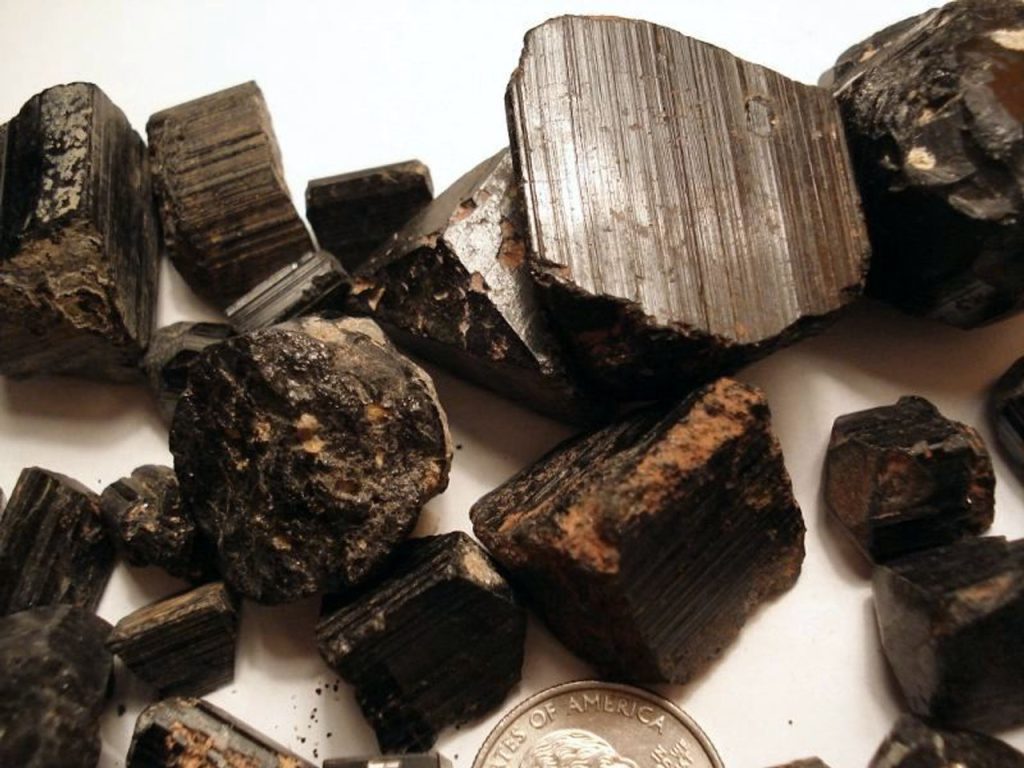
Schorl is the most common kind of tourmaline, and it’s usually a deep black color that looks classy. People often use it in jewelry because of its cool, dark look.
The word schorl comes from a German word for a certain rocky mineral. Schorl Tourmaline’s hardness is pretty strong, about as hard as a 7 to 7.5 on a scale.
That means it can handle being worn every day without getting messed up easily. One interesting thing about it is that it can hold an electric charge when you heat it or rub it, which is called pyroelectricity.
A long time ago, people thought Schorl could keep away bad vibes and stuff like that, so it was extra popular.
5. Brown Tourmaline
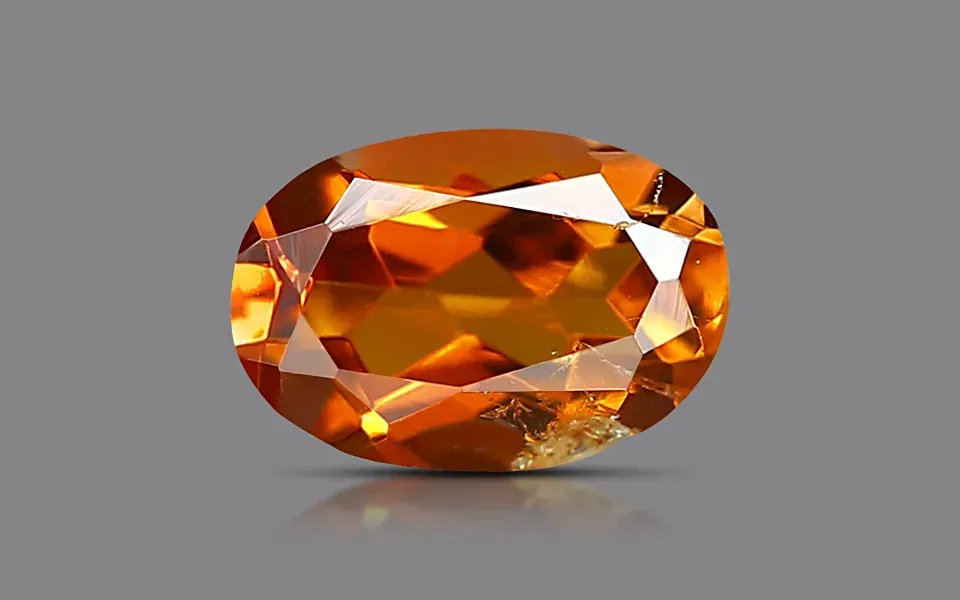
Brown Tourmaline, also known as Dravite, presents a warm and inviting color palette, ranging from light to dark shades of brown. These earthy shades make it look calming and are loved by nature fans.
Dravite got its name from where it was found first, near the Drave River in Austria. It’s tough, scoring 7 to 7.5 on the Mohs scale so you can wear it often without worry.
Besides looking nice, Dravite is linked to helping you accept yourself and feel more confident.
6. Canary Tourmaline
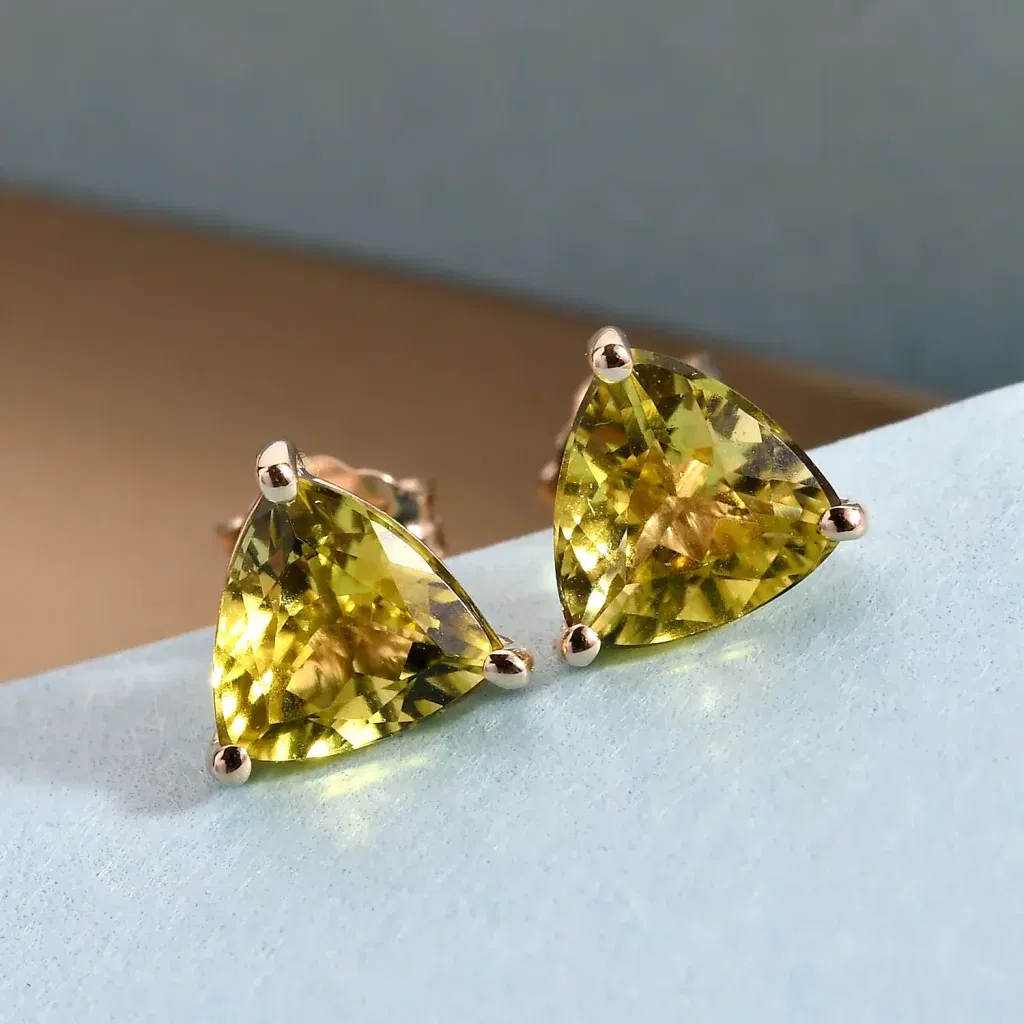
Canary Tourmaline belongs to the lively elbaite group and catches attraction with its sunny yellow to golden colors.
These happy colors make people think of positivity, so it’s liked for making joyful jewelry. It’s tough, too, with tourmaline hardness of 7 to 7.5 on the Mohs scale, which means it looks great and lasts.
People also think this kind of tourmaline sparks creativity and helps you feel good about yourself, which is why it’s super popular, not just for gemstone fans.
7. Multi-Color Tourmaline

Multi-color tourmaline is like a colorful kaleidoscope. It comes in many colors, from pink to green and more. People love it because of its wide range of colors. It’s fit enough for jewelry since tourmaline hardness is 7 to 7.5.
What makes it special is that some crystals have two or three colors. People often call this kind a watermelon tourmaline because it looks like a watermelon with its colors.
This tourmaline comes from countries like Brazil, Madagascar, and Nigeria.
Geologic Occurrence of Tourmaline
Tourmaline can be found in many types of rocks and places where rocks are formed. It grows in rocks like igneous, metamorphic, and sedimentary rocks. A type of igneous rock called pegmatites, which has large grains, is really good for making big and detailed tourmaline crystals.
1. Tourmaline Crystals

Tourmaline crystals are cool gemstones that people love. Tourmaline hardness, scoring 7 to 7.5 on the Mohs scale, can handle scratches and regular wear without a problem. These crystals often have neat lines on their surfaces that make them even more attractive.
What’s interesting is that when you heat them or press on them, they can get electrically charged. This property is called pyroelectricity when heated and piezoelectricity when pressed.
2. Alluvial Tourmaline
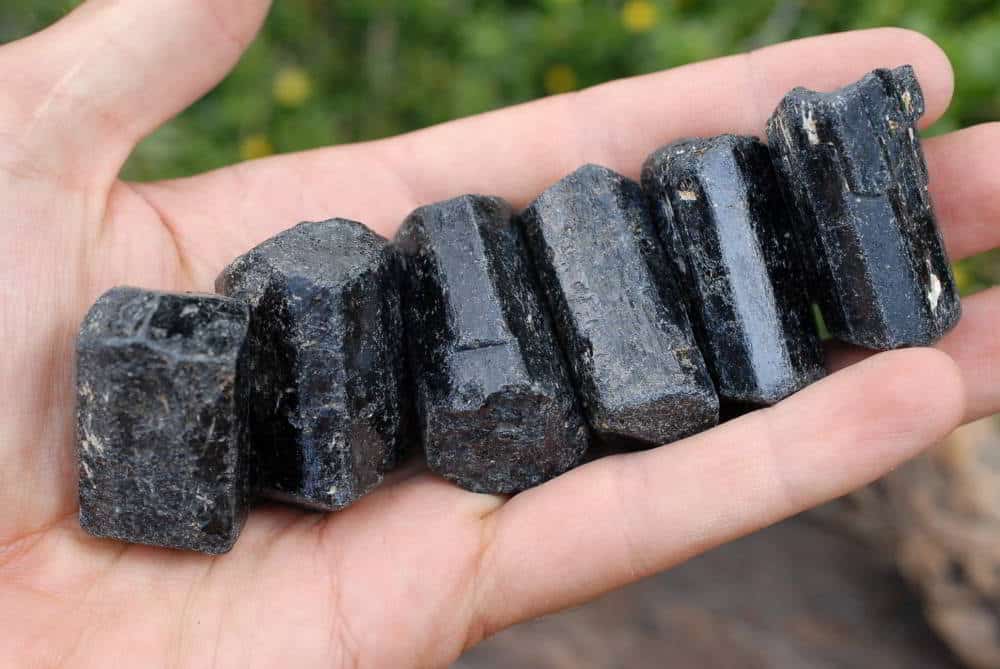
Alluvial tourmaline is a gemstone made when rocks break down from weather and erosion. It floats in water and settles in mud and sand.
Over a long time, rivers and streams have carried these gemstones and put them in places where rivers bend and in low areas. People search for these gemstones and find unique ones in different parts of the world. These gems come in many colors, sizes, and qualities because of their location.
Tourmaline Properties
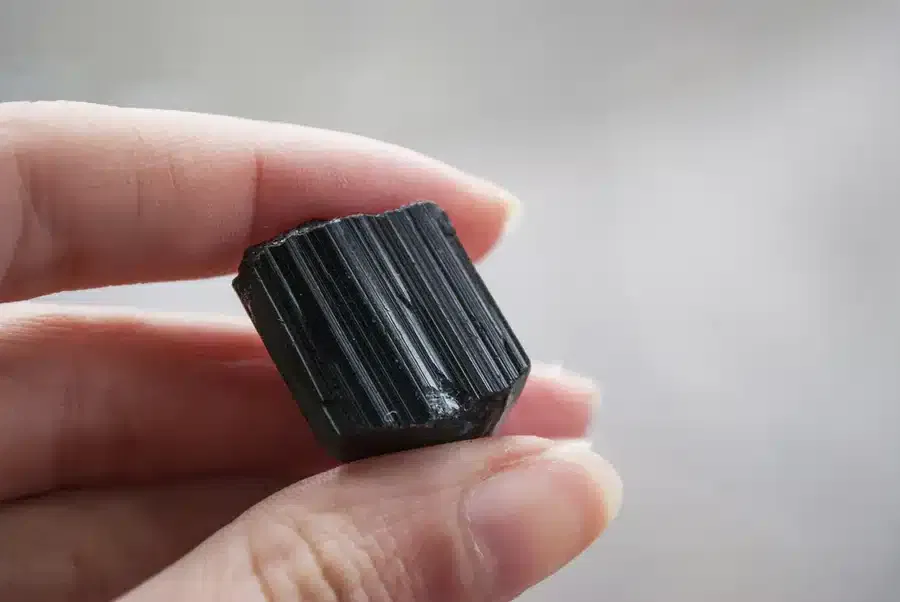
1. Stability
Tourmaline is a kind of gemstone that people like because it doesn’t get easily damaged. It’s great for making jewelry like black tourmaline bracelets and earrings because it can handle daily wear.
It’s not easily scratched because it’s quite hard, about as hard as a 7 to 7.5 on the Mohs scale. The reason it fits is because of its strong crystal structure that can handle pressure and rubbing without getting ruined.
2. Color Variations
Tourmaline shows off a stunning variety of colors that amaze people who love gems. It has bright reds called rubellite, calming blues known as indicolite, rich greens known as verdelite, and sunny yellows called canary tourmaline.
These colors happen because tiny amounts of iron, manganese, and lithium were around when the tourmaline was made.
3. Pleochroism
Tourmaline is a fascinating gem with a special quality called pleochroism. This means it shows different colors when you look at it from different angles. The reason this happens is that the gem absorbs light differently depending on the tourmaline hardness direction you’re looking at it.
People who work with gems, like jewelers and gemologists, take advantage of this unique property. They cut and polish tourmaline in a way that brings out its most attractive color, making it even more delightful.
4. Toughness
Tourmaline is really strong and stable. Even though it looks nice, it can deal with regular bumps and not lose its specialty. But, even though it’s long-lasting, it can still break.
So, you must be careful to stop it from getting chipped or cracked if it’s a big piece. If you want it to stay shiny and last a long time, store and clean it correctly.
5. Electrical Properties
Some kinds of tourmaline, such as the type called piezoelectric, can make electricity when they’re pressed or heated. This ability is useful in technology, like making pressure sensors.
It’s also used in fancy wired-over-eared headphones to turn vibrations into electric signals, which makes sound clear.
Mining of Tourmaline
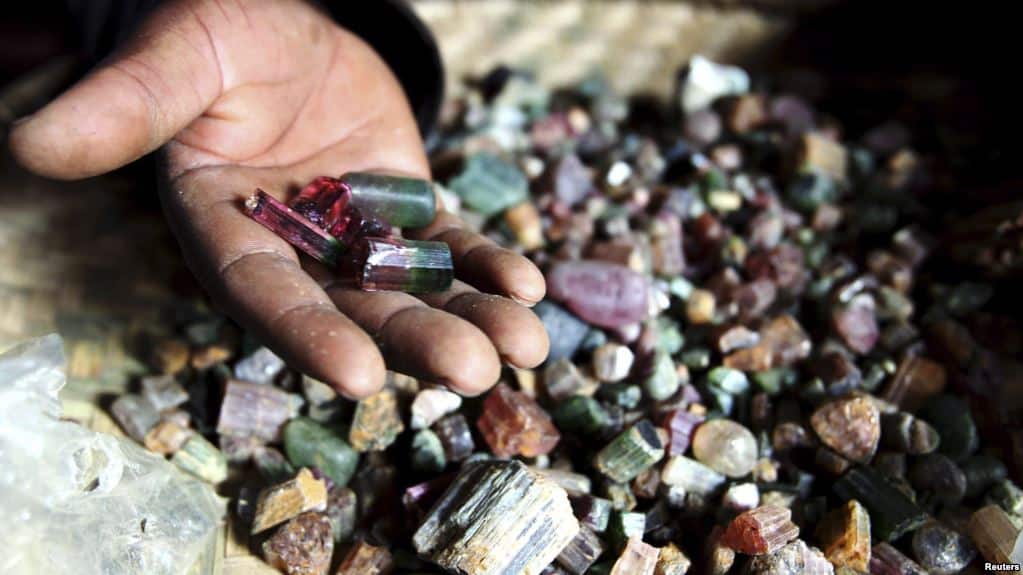
Tourmaline comes in many colors and types, and it’s found worldwide. It’s discovered in different kinds of rocks, like pegmatites, granite, and rocks that changed because of heat and pressure.
Valuable tourmaline deposits are spread across continents like Africa, Asia, North America, and South America.
In places with pegmatite rocks, miners might use tools and explosives to get the rough crystals out. After removing them, the material is sorted, and the good-quality gem tourmaline is separated from the lower-quality ones.
Important sources of tourmaline are Brazil, Nigeria, Mozambique, and Afghanistan. The United States, California, and Maine have also been places where people have found a lot of tourmaline.
Color Zoning in Tourmaline
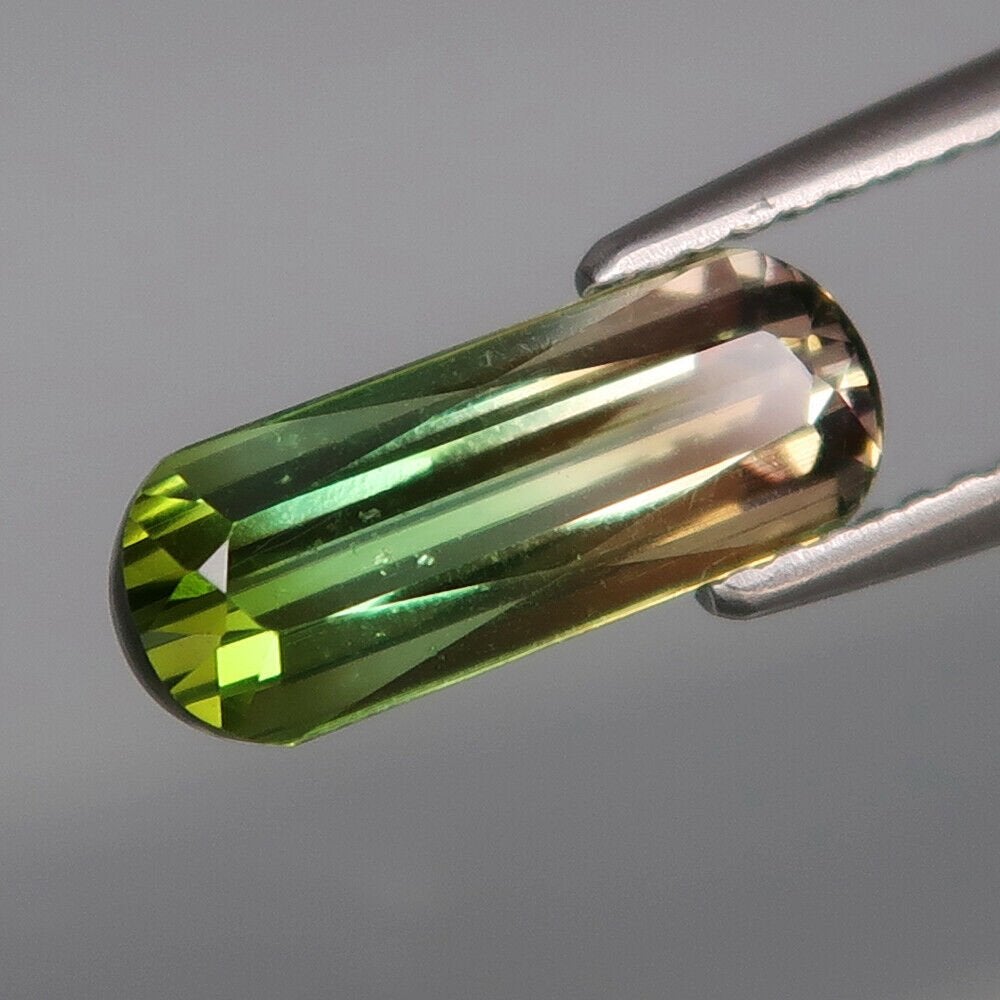
Tourmaline, an attractive gemstone with a wide range of colors, sometimes shows a cool trick called color zoning. This is when different parts of the same tourmaline crystal have various colors or strengths of color. It’s like looking at a tourmaline and seeing a mix of colors that’s amazing, like a natural piece of art.
This happens because the tiny minerals inside the crystal don’t spread out evenly when the crystal forms. The way the crystal grows can be changed by things happening deep within the Earth’s surface.
This makes colorful stripes or patches in the gem. This special thing makes tourmaline even more interesting, so each piece is super special.
Conclusion
With the help of the Mohs hardness scale, we’ve found many types of soft gems to make the tourmaline varieties tough impressively. Knowing this information is very important for gemologists to create jewelry.
It helps them to value the mineral’s long-lasting nature. Remember, the hardness of tourmaline is more than just a number value. It tells how well the crystal can handle scratches and maintain its quality over time.
Whether making your ornaments using tourmaline jewelry or understanding the Earth’s precious gems, it’s important to know how hard they are. Every tourmaline color, from soft pinks to clear greens, specializes in hardness. The Tourmaline Hardness Scale helps to know the secret strength of these gems.
So, the next time you look at a tourmaline piece, admire its beauty and shine!


